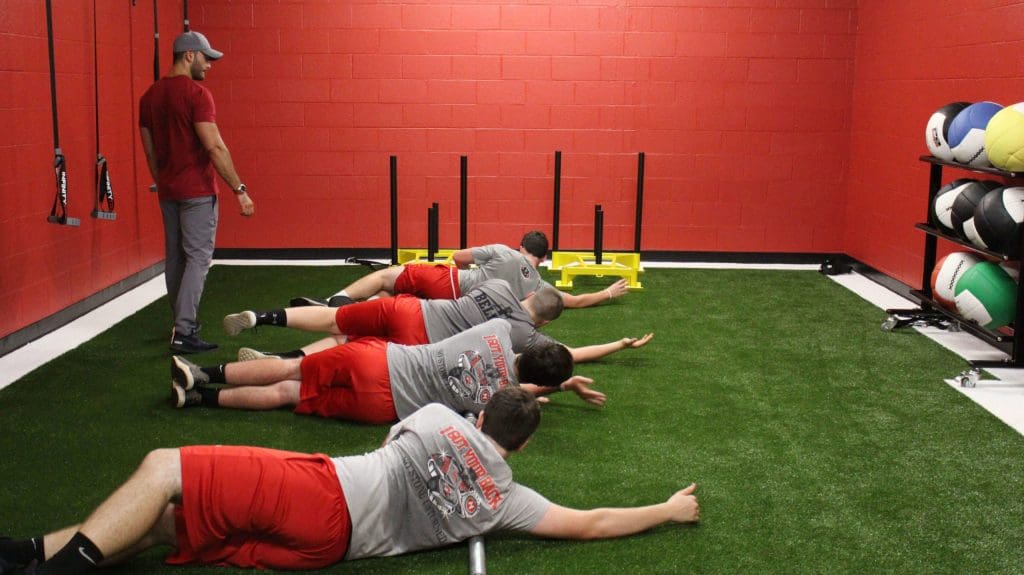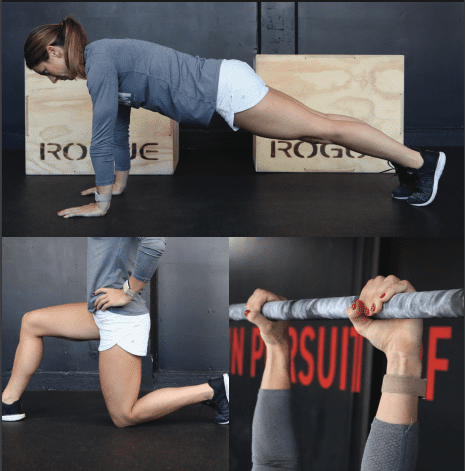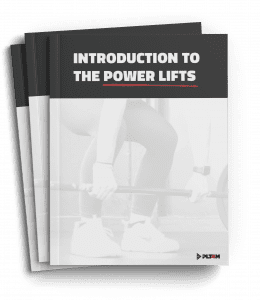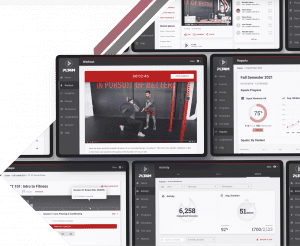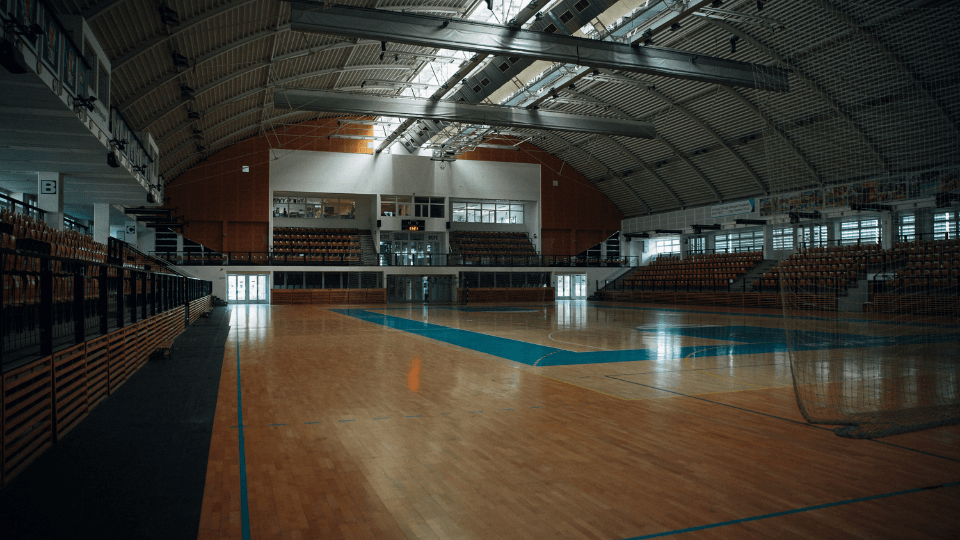Unlike most trending topics and buzzwords, long term athletic development is worthy of the attention it has garnered in recent years. “Long Term Athletic Development” is a concept that is crucial to understand if and when you are dealing with high school students and athletes.
What Does Long Term Athletic Development Mean?
Long story short, long term athletic development (LTAD) refers to a practical approach to fitness and athletic education. It takes physical activity and teaches it like we do any other subject: through progression and planning.
Below we outline what such a plan should look like for the average middle/high school student throughout their schooling.
Please note that what follows only covers part of the spectrum of accepted LTAD model progression. The full LTAD model will often review seven stages of physical development. Below is what is relevant to the Middle or High School teacher/coach.
4 Phases To Long Term Athletic Development
With the rise in the early specialization of sports, many young athletes are mistakenly placed in later stages of the LTAD model. Even though young athletes are playing competitive sports sooner, it doesn’t mean that they should rush or skip through phases of the long term athletic development process.
Every young athlete needs fundamental movement skills, basic gross motor skills, and general fitness development before being ready to train like high-performance athletes.
We are all in this together! The following phases can be implemented in physical education classes, during practices by sports coaches, before and after school, or some combination of all three.
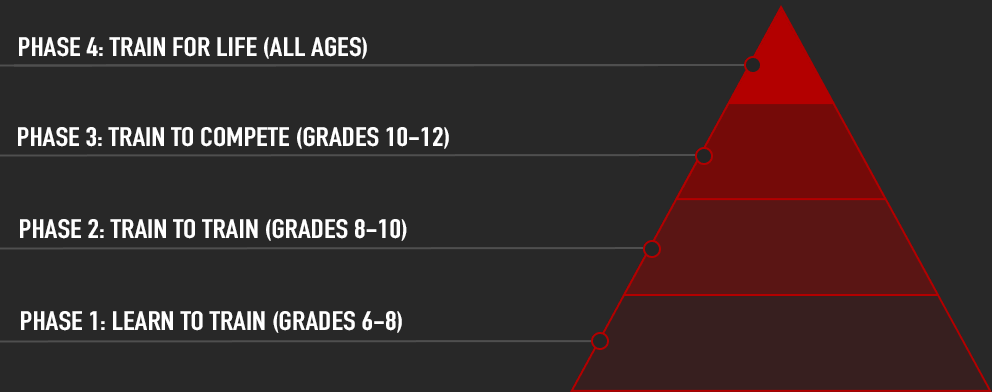
Phase 1: Learn to Train (Grades 6-8)
Without a doubt, the single most important key to this entire equation is a proper education. It is the foundation upon which all will be built – it is also the most often overlooked.
If we want our kids, classes, and teams to succeed, we must remember that we are dealing with kids. Most have little to no experience in the world of fitness and training. If we want to progress to advanced techniques and programs, we must first build a solid foundation for all through fundamental movement skills.
“You wouldn’t try and teach calculus to a student before he or she had learned algebra. Nor should you attempt to train an athlete with advanced programs and movements before you cement the mechanics of a simple air squat.”
The trick to this education is progression. Start from the ground up and work from there, always looking to be better – know more, than the day before.
Movement
Everyone, and we do mean everyone, should learn the foundational human movements. Squatting, Pressing, Pulling, Lunging, Hinging, Running/Walking/Carrying – they are all essential to human life and lifelong physical activity, let alone athletic development. Knowing what they are, and how to execute them properly is paramount to long term health and performance.
Skipping this step would be like trying to build a house upon a foundation of sand. And while we might be eager to rush to the “fun stuff” we must keep long-term athlete development in mind.
Self-Awareness
Arguably the most important component of their entire fitness education is helping each student and athlete come to an understanding of their own abilities – their strengths and weaknesses. Taking ownership of one’s ability is a lesson for life and it allows us to maximize later stages of training. We instill an understanding of how to scale movements appropriately, what loading and volume is doable, and how to adjust workouts to accommodate injuries or logistical issues.
It is this understanding, this self-awareness that is paramount if we want each and every one of our students to truly reap the best results from their training moving forward. It is in this stage we build physical literacy that allows students to understand the basic components of fitness.
Throughout this phase, our “training” is marked by a focus on understanding and execution. Intensity is NOT the goal, here.
Foundational Human Movements Posters
Help your students master the 5 foundational human movements with these ready to print posters.
Step 2: Train to Train (Grades 8-10)
After setting proper foundations, we progress to more compound movements, begin to introduce external objects and resistance, and up the intensity a bit. The goal is to build a bit of work capacity.
We learned how to safely and efficiently move, now we are learning what it means to “train”.
Capacity
Now our work includes an element of challenge. We want to begin to push our students and athletes out past their comfort zone.
At PLT4M, we first do so by beginning to make workouts task- or time-based, adding an inherent personal or interpersonal competitiveness that spurs motivation. Volume increases as well, becoming true “work” that forces bodies and minds to adapt over time.
“If it doesn’t challenge you, it won’t change you.”
All the while, adding this variety makes things more fun for the students. Learning new things, challenging oneself and each other, should always be a part of the process if we want to see continual improvement.
Strength
Additionally, we begin introducing new compound movements or adding light resistance to existing movement patterns.
We can take the air squat and progress through goblet squats and then convert it into a loaded back squat. Slowly, we will develop a competency here, never sacrificing movement, while increasing the intensity through load. Eventually, we can even arrive at a loose 1RM for each student that will allow them to direct their more advanced training in the future.
You cannot underestimate the importance of a student’s awareness of their own strength or capacity. No matter who he or she is, an athlete should be learning what it means to develop ability over time through targeted training.
Let Us Do The Heavy Lifting
Nothing is harder than teaching barbell movements to teenagers. Download our guide and get access to expert tips and instructions from our in house team of professionals.
Step 3: Train to Compete (Grades 10-12)
At PLT4M, we believe everyone engaged in fitness or training is an “athlete”. Whether they are looking for a competitive edge in sports and have dreams of being high performance athletes or looking to simply be the best, healthiest version of themselves, we can now direct our training with “purpose”.
Athletic Competition
If a student is involved in, and dedicated to, competitive athletics, we can and should offer them the ability to train for performance.
At PLT4M, we are advocates of a holistic approach to performance training. This means we don’t specialize or program by sport. Instead, we aim to develop a complete athlete.
Our programs are designed to develop speed and power output through full-body strength work and dynamic high-velocity movement like plyometrics, ballistics and acceleration/deceleration training. We build total-body control and resistance to injury through targeted core work, pre-hab, and a multitude of loaded unilateral movements. We also grow our mental and physical work capacities through targeted, but well-rounded volume training and conditioning.
Once the athlete has committed to performance training, the only question left is whether or not they are currently in a competitive season (read more on our distinction on that concept here).
Personal Fitness
Fitness shouldn’t end after a student’s initial education. Just because he or she is not engaged in athletic competition doesn’t mean they shouldn’t or couldn’t be intensely engaged with physical training. Exercise, or hard work, is hard-wired into our DNA, and its benefits are endless.
As with athletic performance training, when it comes to the pursuit of “fitness”, balance is ever the key. Strength can stave off decrepitude, but conditioning can fight chronic disease, while mobility can prevent injury. All fields of fitness play a part of the full equation and nothing exists as “most important” to a healthy lifestyle. Thus, we want to train it all.
We want to provide everyone, regardless of personal goals, with various approaches to holistic, but purposeful training. This can often be achieved in the form of more advanced physical education.
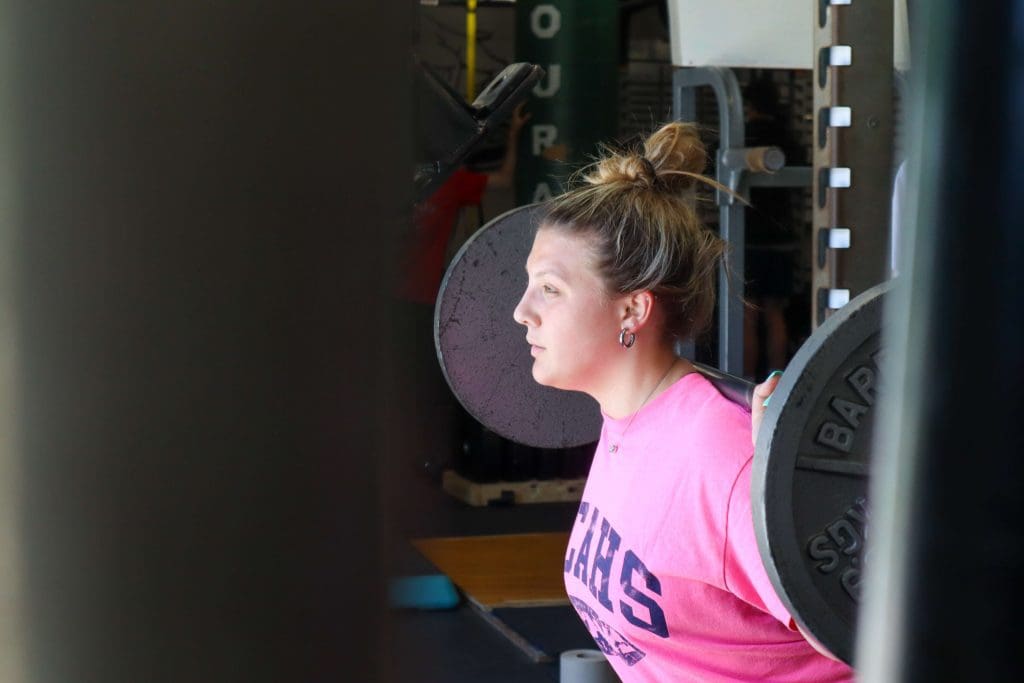
Step 4: Train for Life (All Ages)
Perhaps the most important “Phase”, this one is not meant to happen at any one specific time. Rather, it should pervade your entire perspective and approach.
We tend to forget that, when it comes to fitness and training at the high school level, the athletes in question are just plain young and inexperienced. Our primary objective is to provide them with the tools necessary to live a life of mental and physical well-being.
Most of life exists beyond high school.
Often, especially when athletics gets involved, we tend to forget this most important rule. We get lost in the day-to-day, or we’re too focused on our own personal goals.
If the senior captain football player is afraid to run a mile because he’s too focused on getting as big as possible, or the volleyball player is back squatting under load to increase her vertical jump before eliminating valgus knee collapse from her squat or jumping technique – we’ve done our athletes a serious disservice.
They are sacrificing lasting success in the long-term, for the perceived advantageous results in the short-term.
Don’t overthink it…if your kids are educated, motivated, and active, you have done your job.
Always keep the big picture in mind. We owe it to them as young athletes, as well as young adults who need to go on living healthy lives long after they leave our team or class.
Ready to Learn More?
Schedule a free 10 minute consultation to see how the PLT4M system can help you with long-term athletic development.
How to Train HS Athletes: 3 Steps for Complete Long Term Athletic Development
These days, everywhere you look, someone is touting the newest and best way to make better football players, or volleyball players, or track athletes. Unfortunately, with so many out to make a buck, sometimes the real goal gets lost in the mix.
When dealing with High School athletes, we must keep the proper perspective. We’re dealing with teenagers, all at the very beginning of their athletic/fitness careers. Even when talking “sports performance training”, our true role is one of educator.
Step 1: Build a Proper Foundation
First and foremost, we must ensure that we aren’t ignoring an athlete’s long-term athletic development or “LTAD”. Before we talk 40 times and squat maxes, we have to progress each and every athlete from the bottom up.
Want your senior captain squatting over 400 pounds? First they must master a proper air squat.
Only upon a secure foundation can we actively improve “performance” on the field. Too often, coaches are in a rush. We want results and we want them now. Instead of spending time learning the basics and developing a baseline ability, we throw inexperienced athletes into advanced training programs and expect them to perform.
This is both inefficient and dangerous.
The shortest path to any goal is a straight line. The only way to yield long-term results is through planning and progression. We must set common foundations, progress athletes through a holistic fitness education, then transition into more advanced performance programs that allow them to realize their fullest potential.
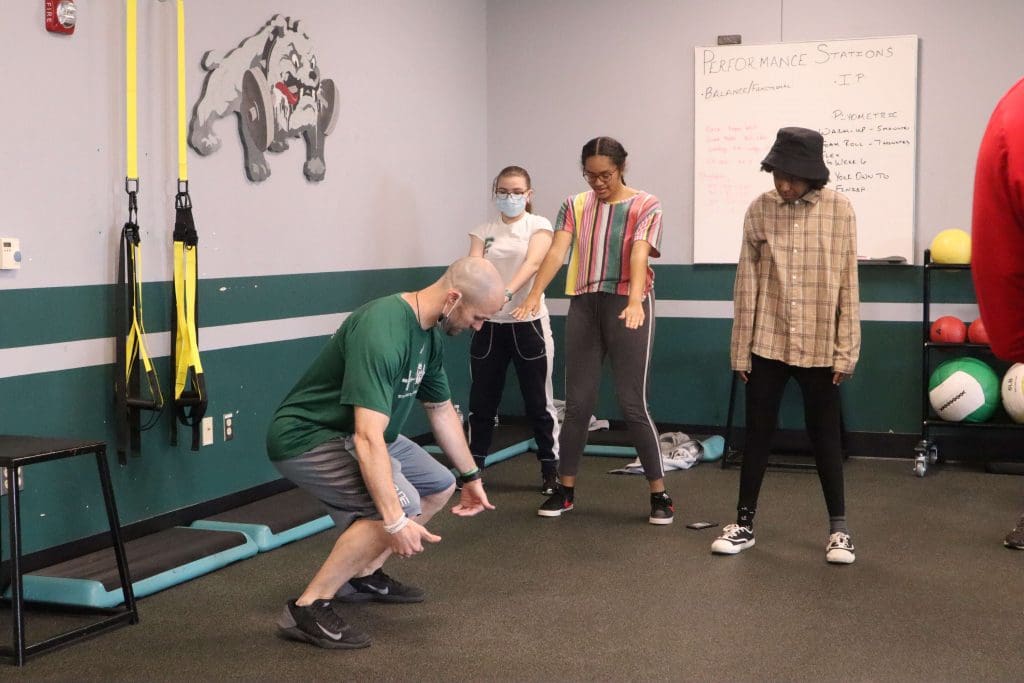
Step 2: Master the Basics… (Then master them again!)
High school athletes are NOT specialists.
As a sports coach, it’s easy to forget that your athletes exist beyond and outside of your sport. An overwhelming majority, though, of high school athletes compete in multiple sports (as they should!).
Most high school athletes do not play a single sport. If we have an athlete that plays 2 or 3 different sports throughout the year, how do we justify them specializing in their training at any point? Worse than hindering progress, this can inadvertently lead to an increased incidence of injury. By definition, “specializing” in something must come at the expense of something else. Imbalances are often the root cause of injury. You cannot be specialized and well-rounded at the same time.
Balance
We believe the best athlete is a balanced athlete.
Every athlete (every human) should be taught strength. It’s the basis of a healthy life. But, strength is only valuable to an athlete when it can be combined with contractile speed to produce power, so we combine traditional strength development with plyometrics and high velocity olympic lifts. Even power, though, is only good when it can be exercised with control and precision. So, we refine it by enhancing proprioception through mobility focused compound movements like the overhead squat, and targeted neuromuscular activity like jumping rope or agility ladder progressions.
Beyond that, this newfound ability will only be beneficial if the athlete stays healthy and can fight off fatigue. Being such, we place a heavy emphasis on proper injury prevention and recovery as well as conditioning through a number of different methods. From classical aerobic conditioning, to interval work, to high intensity Metcon (Metabolic Conditioning) workouts.
We firmly believe that such a holistic training program will build a better football player, soccer player, track athlete…you name it. The skills may vary widely between sports, but the physiological requirements are far more universal.
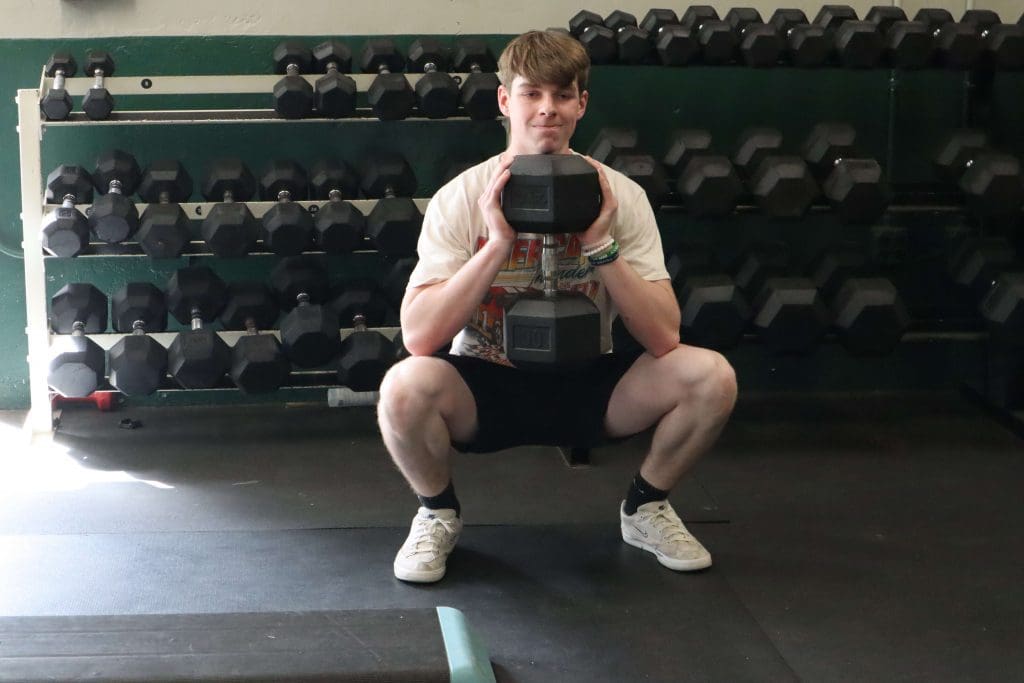
Step 3: Challenge Your Perspective
Perhaps most important, though, is a reminder and understanding of who, exactly, we are training.
As high school coaches, we all want the same thing. We want to develop more dynamic athletes and better teams. But, training high school athletes is a highly unique endeavor. We tend to forget that, when it comes to performance training, the athletes in question are just plain young and inexperienced.
For the overwhelming majority of your athletes, their high school years will be the first time ever involved in an athletic strength and conditioning program. High school students lack a solid foundation of functional fitness on which to specialize. Most can barely squat or perform a deadlift properly, let alone do so with heavy weight or in any fancy variation. It is absolutely imperative these athletes are all given a comprehensive program that works to build a complete athlete from the ground up. We owe it to them as young athletes, as well as young adults who need to go on living healthy lives long after they finish our sport.
If your 18-year-old offensive lineman is scared to jog a mile because of a sole focus on size, you’ve done his long-term health a serious disservice.
Any athlete that commits to a complete training program with consistency will see results that translate not just in sport, but in life.
Ready to Learn More?
Schedule a free 10 minute consultation to see how the PLT4M system can help you with long-term athletic development.
Key Takeaways On Long Term Athletic Development
Long term athletic development takes time. While it is right in the name itself, we must always keep the long term in mind. To get anyone to elite levels of training, we must first build a strong foundation and continue to emphasize good form and technique throughout the entire process.
While competitive sports demand a lot from our young athletes, we must remember that we are working with kids. The best thing about long term athletic development is that we can achieve both improved athletic performance while also equipping students with lifelong fitness skills.
Through the application of the LTAD model, we can empower students and athletes to perform better on the field, and stay healthier so they can keep competing. On top of that, give them a love for lifelong physical activity that will have lasting impacts far past their last athletic competition.
Lastly, the LTAD model is not reserved for just high-performance athletes. Whether it is a group of students in a physical education class or a team working with sports coaches, long term athletic development has a multitude of benefits. Anyone working with middle and high school students should understand and embrace the power of long-term athletic development.
